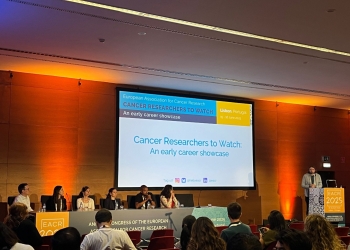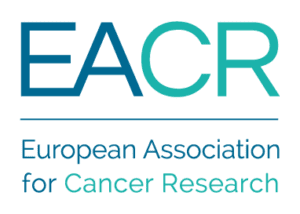Glioblastoma is the most common, and a very aggressive and lethal tumour of the central nervous system, with a median survival of under 2 years. Several research efforts were directed towards the study of the cross-talk between tumour cells and various components of the tumour microenvironment (TME), with notable results in understanding the role of TAMs and T cells in the brain TME.
.
In this paper, the authors directed their attention to a lesser studied aspect of the brain TME, namely the roles of glioblastoma stem cells (GSCs) and plasma cells (PCs) in tumour progression.
.
Profiling B-lineage cells at single cell resolution in chemotherapy and radiotherapy naive tumour samples revealed an unexpectedly (and abnormally) high percentage of plasma cells in the tumour mass, which, they show, correlates with poor prognosis. Spatial analysis of plasma cell distribution revealed close proximity to glioblastoma stem cells, and functional assays confirmed a role for plasma cells in tumour growth. The characterisation of molecular processes that support tumour growth revealed that mature PCs are recruited from the peripheral lymphoid tissue to the tumour site by GSCs through chemokine secretion via CCL2-CCR2 signalling. Once in the TME, PC secreted IgG bound to the Fc receptor on GSCs, activating downstream PI3K-AKT-mTOR signaling and hence promoting proliferation and cell renewal.
.
This study highlights the Fc receptor FcγRIIA as a potential druggable target and underpins a scope for using PI3K inhibitors in the treatment of glioblastoma.
.
![]() Summary and graphical abstract by Alexandra Boitor, EACR Scientific Officer
Summary and graphical abstract by Alexandra Boitor, EACR Scientific Officer









